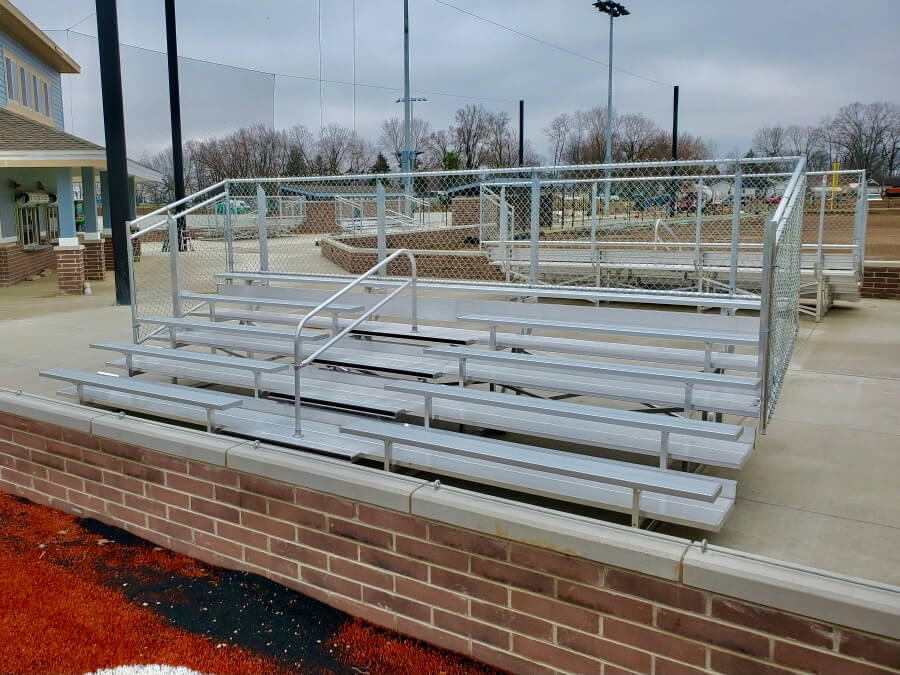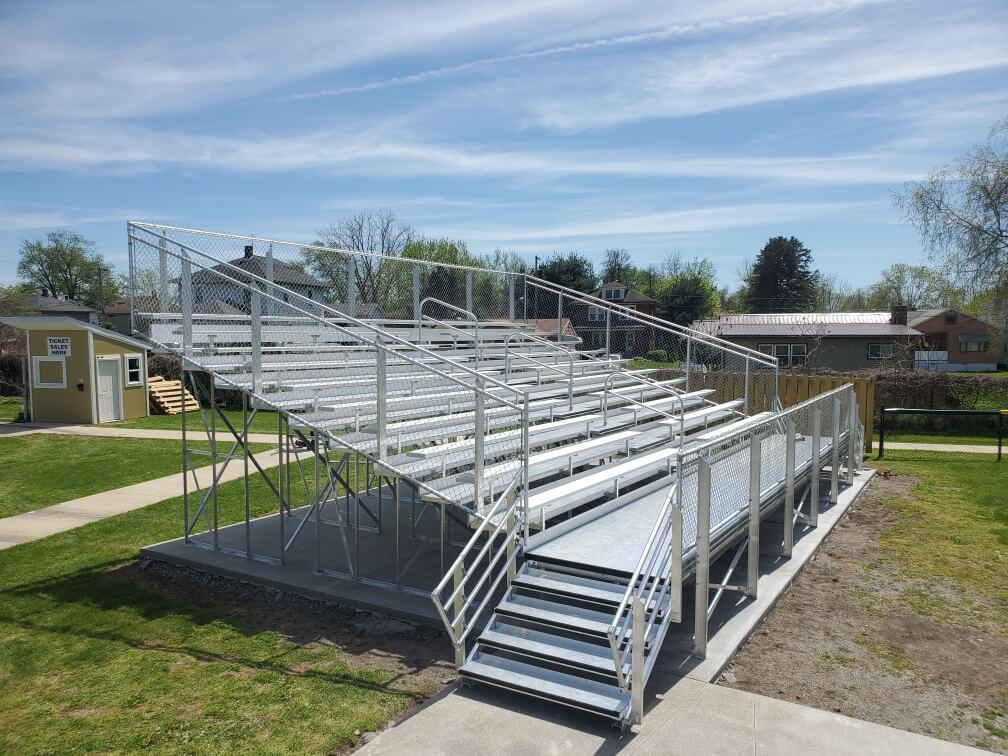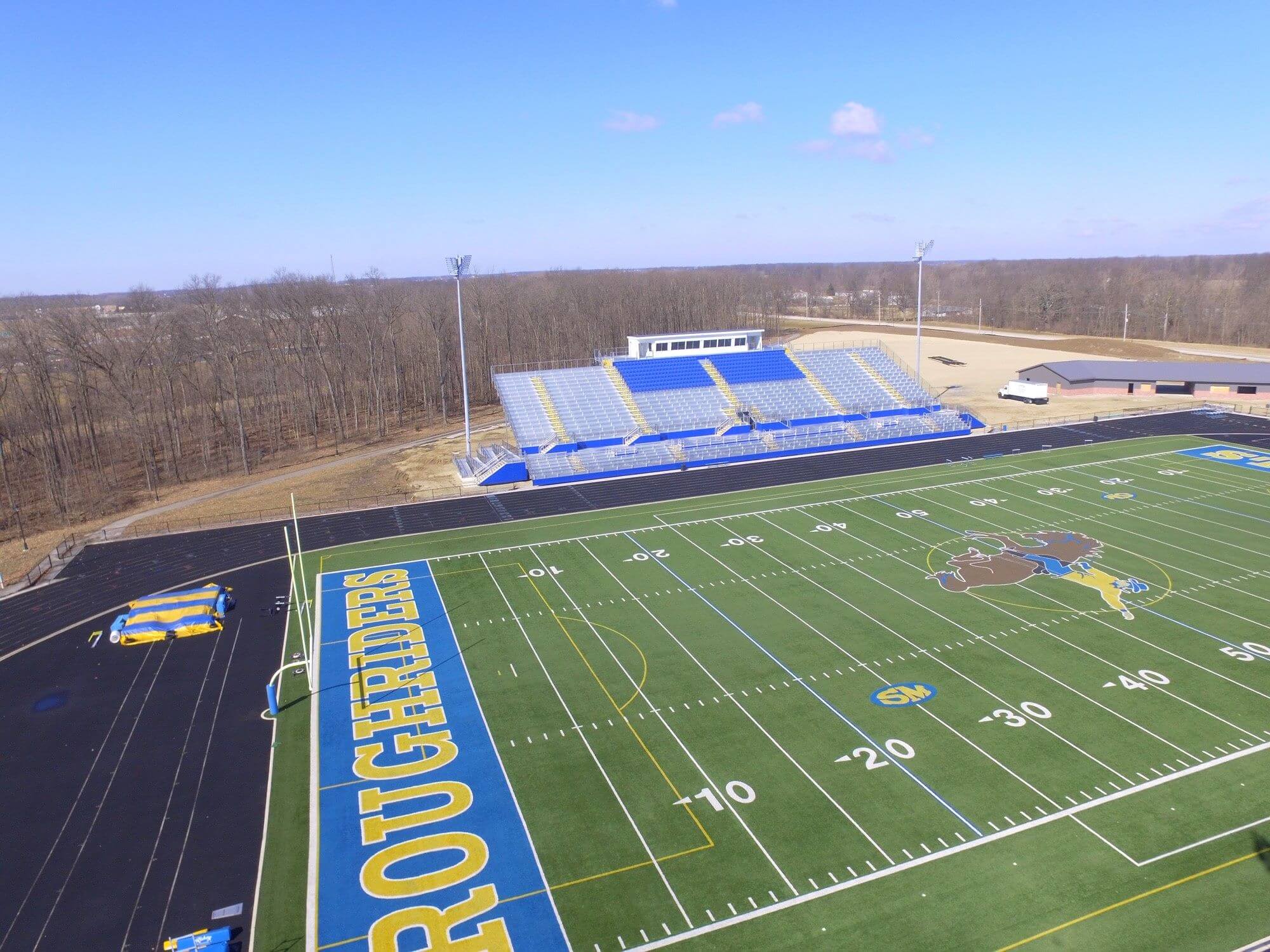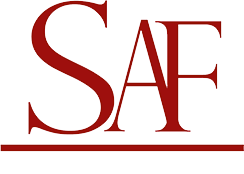- You have no items in your shopping cart
- Subtotal: $0.00

Aluminum bleachers are durable and generally need little maintenance, even when installed outdoors. After months of active use, however, spilled drinks and tracked dirt create a need for thorough cleaning. Aside from the occasional cleaning, aluminum bleachers also need some basic inspection and maintenance. No matter the use or specific type of bleachers, the same basic maintenance steps apply. It should be noted that a few of the following maintenance tips differ if the bleachers are permanently installed rather than temporarily placed and removed at the end of the season.
The Best Uses for Aluminum Bleachers
Most people are familiar with aluminum bleachers as the primary seating available for outdoor sporting events of all kinds. They’re a familiar sight around soccer, football, baseball, and rugby fields, not to mention tennis courts. Portable or folding bleachers tend to be favored for school and community fields, while permanent grandstands may be installed at larger high school football fields or for professional teams.
However, the uses for aluminum bleachers are not limited to outdoor sports. These seating units also work well for indoor purposes like:
- Auditorium sports like basketball and indoor volleyball
- Ice rink seating at hockey games and more
- Conferences, meetings, performances, and other group gatherings
- Church seating for large events or weekly services
- Auction houses and outdoor stage shows
Cleaning Outdoor Aluminum Bleachers
Even with the best policies restricting eating and drinking on the bleachers, the metal surfaces will eventually become soiled with dirt, dust, pollen, and other residues. Most aluminum bleachers feature anodized surfaces that are hard-wearing and easy to clean when necessary. Pressure washing with a basic cleaning solution should take care of most dirt and debris. If food residues or chewing gum are stuck to the planks of the bleachers, consider using a mild spray soap cleaner to loosen the material without risking damage to the metal surface.
Cleaning Indoor Aluminum Bleachers
Indoor bleachers don’t get quite as dirty due to the reduced amount of dirt and dust, but they still need to be cleaned at least once a year in most settings. Pressure washing is usually too wet for most indoor gyms and auditoriums. In these cases, scrubbing the bleachers with a mix of baking soda and water is the best option for loosening dirt and grime without adding too much moisture. Using a damp mop can work well to scrub up stains without excess water as well. These bleachers are generally cleaned one small section at a time since they require more physical labor than large outdoor installations.
General Maintenance for Portable or Temporary Bleachers
All bleachers need a thorough inspection for damage and wear on at least a quarterly basis. For portable units, start by inspecting the supports that hold the bleachers in place and any anchors holding the frame down. Loose anchors can lead to tipping or collapse. Check the welding and joints from the underside first, then by walking along the upper sides of the seats. Look for rough spots, damage, or corrosion anywhere on the structure of the bleachers. Tighten loose bolts and check the torque of any fasteners in question. If the bleachers are retractable or movable, make sure that equipment is working well and not in need of repairs.
Maintenance Needs for Permanent Aluminum Bleachers
Permanent bleachers tend to rest on concrete or metal foundations, so check those support structures for signs of damage first. If they have any electrical components for retraction or rising, get a full electrical inspection at least once a year during the off-season. These kinds of aluminum bleachers are also more likely to feature ADA-compliant ramps for wheelchair access. Give special attention to the supports and surface of the ramp since it can be unsafe or difficult to use even with minor damage.
Aluminum bleachers only need a basic inspection once every three months of use and a thorough cleaning once a year or so to remain in good working shape. Get any repairs handled promptly or stop using the bleachers until the work is completed. Allowing the use of a set of bleachers that hasn’t been inspected for welding damage or loose bolts is unsafe, so always take time for basic maintenance before a sports season starts, or you plan to hold a conference.



